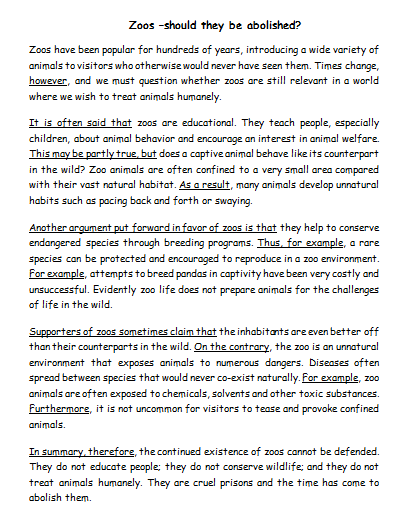Writing: Exercise 6 (Writing an article)
This is the final exercise of Paper 1 and 2. It can be an article, a report or a review writing. We’ll look at articles here.
You will be given a topic (more like a question to ponder up on) on which you have to write your views and opinions. This can either be a two-sided article (for and against) or a one-sided article (just your opinion). It is up to you to decide.
The topics usually given for this exercise are easy enough that you can come up with points right there in the exam, but it is good if you read upon various issues from around the word (obesity, technological influences, environmental issues, animal welfare, teenager issues etc).
So here’s how to attempt this question:
- Before you start it is a good idea that you come up with a plan. Use the blank space below the question to make your plan, in pencil. In your plan write down the answers to these questions:
- The audience: this will be specified in the question (it is almost always a school magazine). So when you write, keep in mind that you need to write to that audience. Your language, tone and vocabulary should reflect this.
- Is my article going to be two-sided or one-sided? If you know a lot about the topic and can weigh up the pros and cons, then go for two-sided. If you’re not too knowledgeable about it, stick to one-sided.
- How do I introduce the topic? Start off by saying what the topic is and how important the topic is in today’s world. Why it is such a problem? Or is it a problem?
- What’s in the body? Write down three points. (If it’s two-sided write two pros and two cons). You will develop your body based on these points. A few points will be given in your question paper, and you can use those!
- How will I conclude the article? You need to sum up your points and give your final opinion (even if it’s two-sided, give your final opinion on the matter).
- Organise. By now, you’ve pretty much come up with the contents of your article. Now organise your points into paragraphs.
- One-sided Article:Paragraph 1: Introduction
- Paragraph 2: First point with justification (or counter-argument)
- Paragraph 3: Second point with justification (or counter-argument)
- Paragraph 4: Opposing point which you contradict (here, you state a point said by people who have a different opinion from yours and explain why they are wrong. This is called argument and counter-argument)
- Paragraph 5: Conclusion- summary, (solution?), repeat your opinion
- Two-sided Article:Paragraph 1: Introduction
- Paragraph 2: Advantages/’For’
- Paragraph 3: Disadvantages/’Against’
- Paragraph 4: Conclusion- Summary and final opinion
- Write. Use a variety of connecting words and argumentative phrases. Examples:
- \
- Expressing opinions:I agree/ disagree with the above statement that
- In my opinion
- I believe that
- I am in favour of
- I am against the idea of
- It seems to me that
- I sympathize with
- Presenting and contrasting opinions:The main argument in favour/ against is
- It is often said that
- First of all I should like to consider
- Apart from that
- Even though
- Furthermore
- In addition
- Moreover
- Nevertheless
- And
- Or
- But
- Finally
- Lastly
- Despite the fact that/ In spite of
- On the other hand
- On the contrary
- Whereas
- What is more
- What matters most in this case is
- It is a fact that
- Besides
- After all
- There is no doubt that
- Reasoning:Because of
- As a result of
- Owing to
- Through
- Due to
- Consequently
- On account of
- Therefore
- Hence
- Concluding:To sum up
- To conclude
- It can be concluded that
- I believe that
- Thus, I am of the opinion that
- Argumentative verbs (use these instead of say/tell):
- Claim
- Assert
- Insist
- Argue
- Allege
- Suggest
- Point out
- Maintain
Here’s an example of a one-sided article. This is one-sided because, even though it weighs up both ‘for’ and ‘against’ points, in each paragraph it contradicts the ‘for’ points and alludes to the same conclusion that zoos should be abolished. This is called the argument/counter-argument format.

This is an example I found on the internet; not mine!
__ \n Tips__
- Use your own points, words and phrases as far as possible. The more original your content is, the better.
- Give a suitable title
- Keep to the word limit 150-200 words. Exceeding a little over 200 is not a problem.
- Always have an introduction and conclusion
- Always organise your points into paragraphs. One para for each point (one-sided) or all advantages in one para and disadvantages in another para (two-sided) is the ideal format.
- A final opinion has to be given.
- Punctuation, spelling and grammar is very important. Check your writing once you’re done.